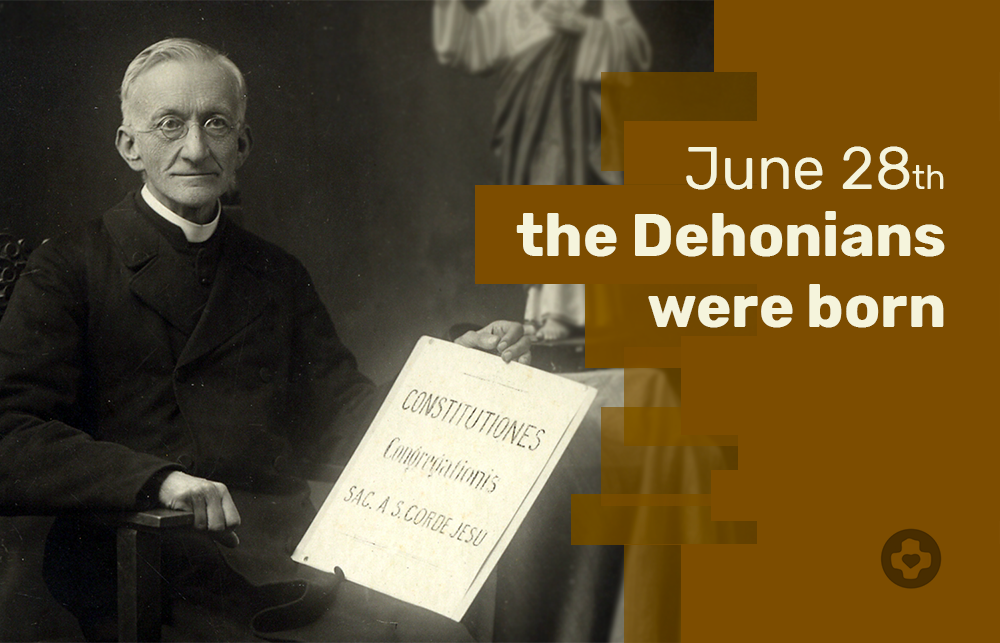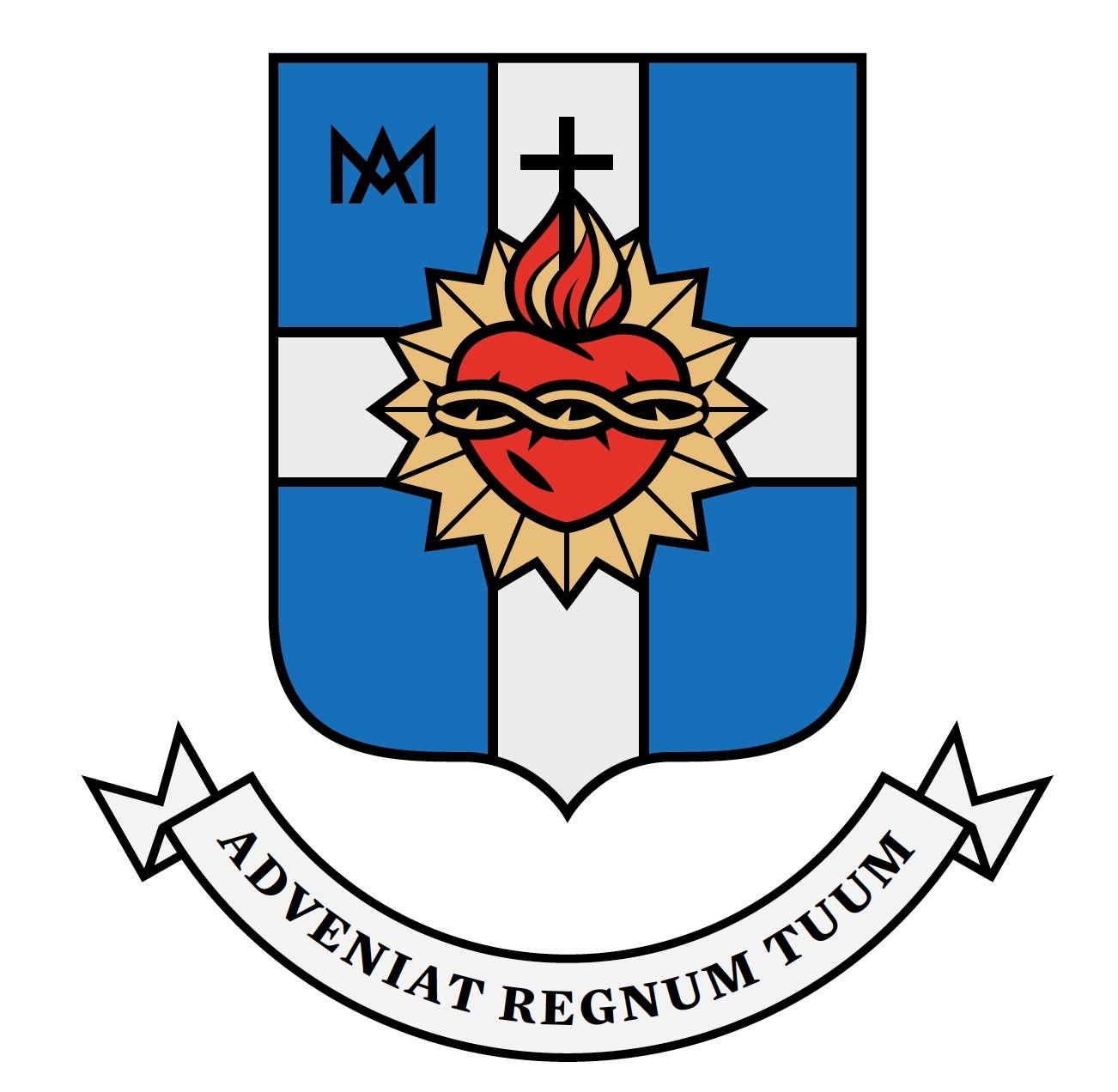That particular June 28th was the feast of the Sacred Heart! A Friday. It was at Saint-Jean Institute in Saint-Quentin. The archpriest of the city presided over the ceremony. Also present were two religious Servantes. Moreover, as a sign of the birth of a congregation, several confreres were present with the same call, Vinchon and Heymès, brothers who subsequently, however, would not persevere (NVH 12/161 and 13/55), and Alphonse Rasset, who that same day became the first Postulant (see NQT 19/112).

But above all a strong desire was alive and accomplished: “The providential moment arrived for the realization of my vocation” (NHV 12/126). The bishop of Soissons had appointed Dehon as vicar at Saint-Quentin: “J’avais pour ce genre de ministère la plus grande répugnance, mais je n’en fis rien voir” (idem). It was not enough, the vocation was not complete: “I would have preferred the contemplation, the obedience of the cloister, the poverty, the study” (idem). It was a type of life that, since the seminary, was “désir ardent”, but was always accompanied by great hesitation “sur la congrégation à choisir”: Jesuit, Assumptionist … And behold, he draws his own way of consecrating himself to give fullness to what he feels inside. That June 28 “I gave myself without reserve to the Sacred Heart of Jesus […]; I felt that I was taking the cross on my shoulders, giving myself to Our Lord as a priest of reparation and as the founder of a new institute “(NHV 13/76). Together with the three vows there was a fourth definitive, expressive, indicative vow: “le vœu privé de victime” (idem). It was not something anecdotal or superficial, but full of consequences (“manifestations divines” wrote Dehon in NQT 44/179): loss of health, financial difficulties, the anguish of the soul with the “Kulturkampf” of 1880, the investigation of the Holy Office and the Consummatum est, the loss of honor (with the journalistic attempt to make an issue regarding the death of several young Servantes), and the loss of his parents. But together with the crosses there was joy: the growth of fraternity, the realization that this project of discipleship, relationship and service to Christ has served and continues to serve thousands of Christians during these 140 years. When will it end? God knows. But we know that “This date of June 28, 1878, will no doubt be considered as the date of its foundation” (NHV 13/76). To many years!


